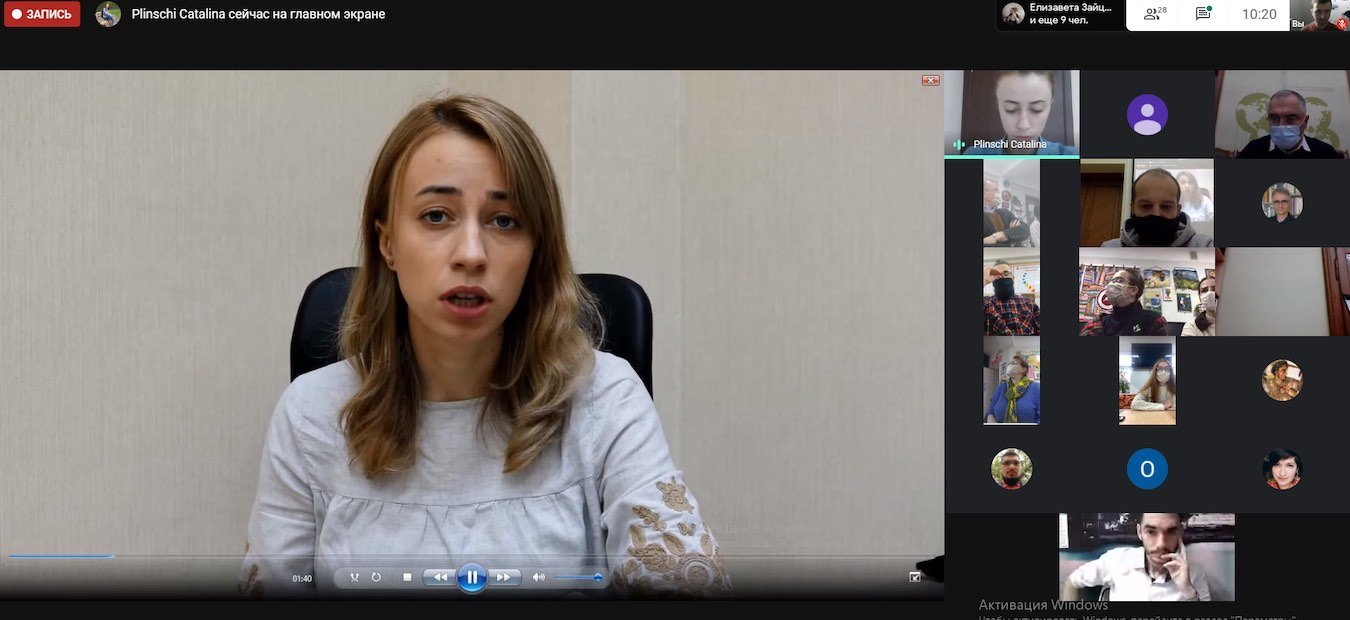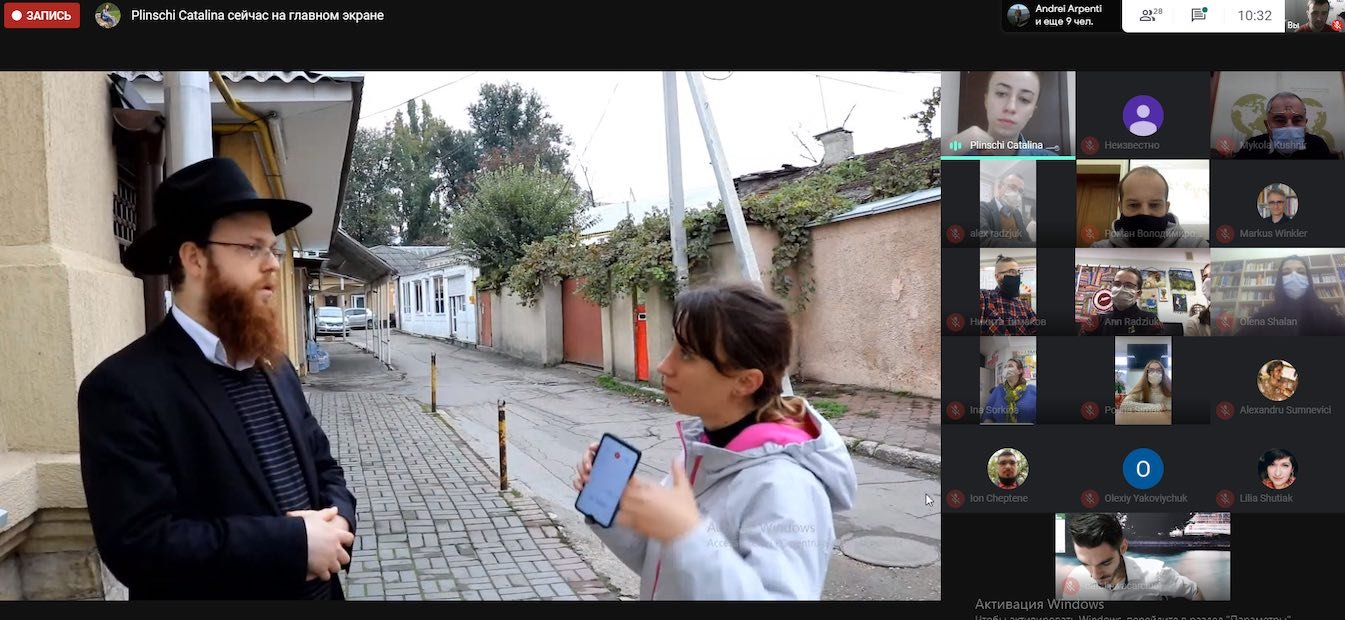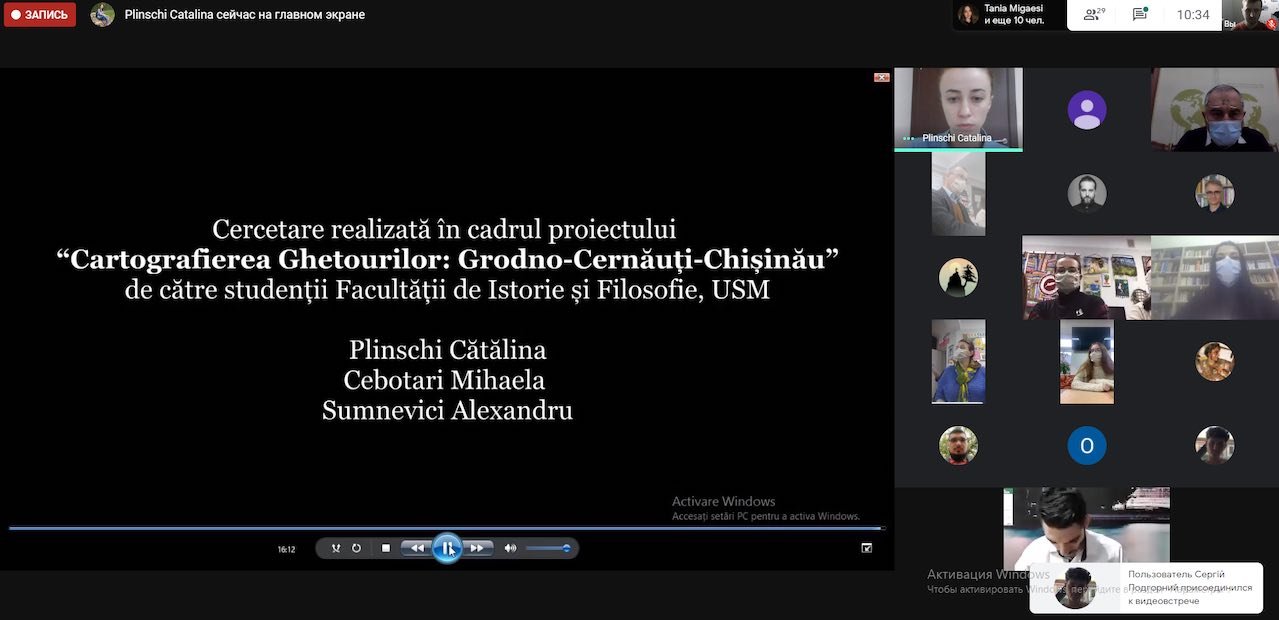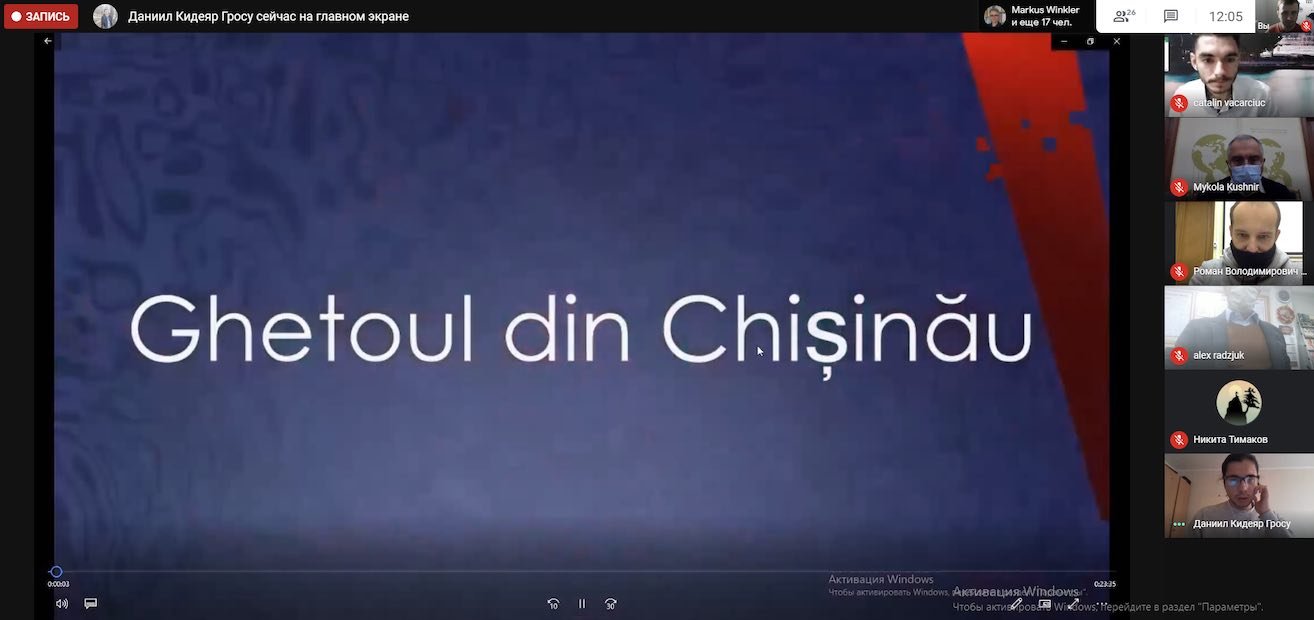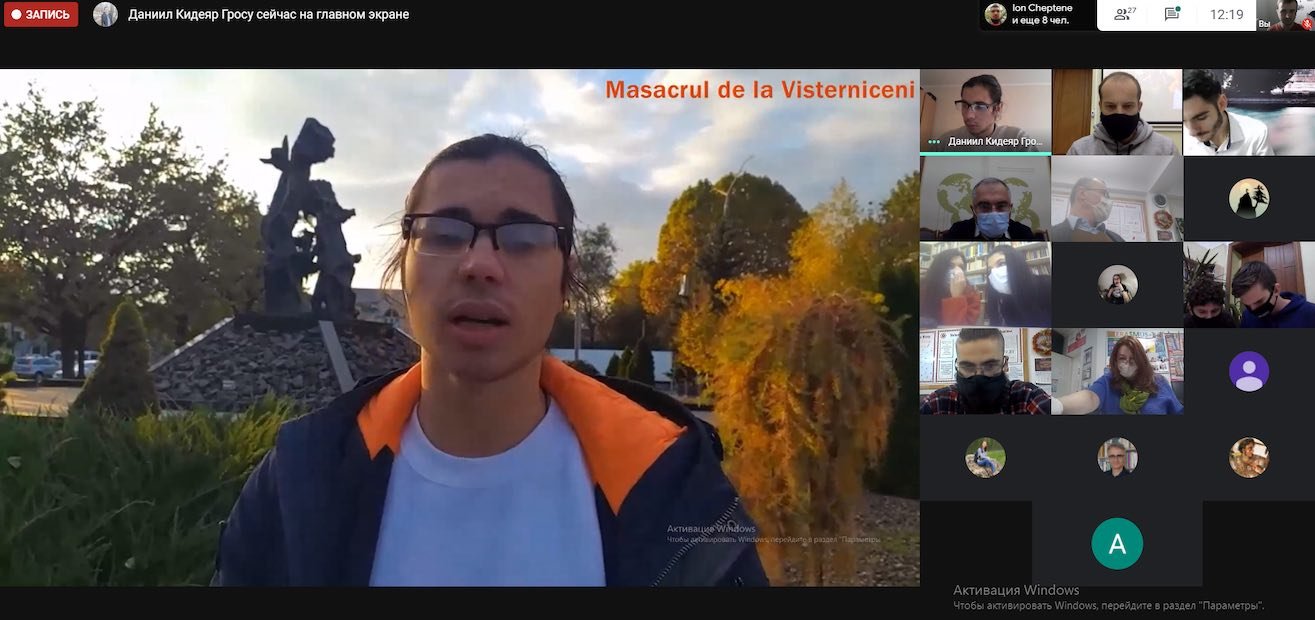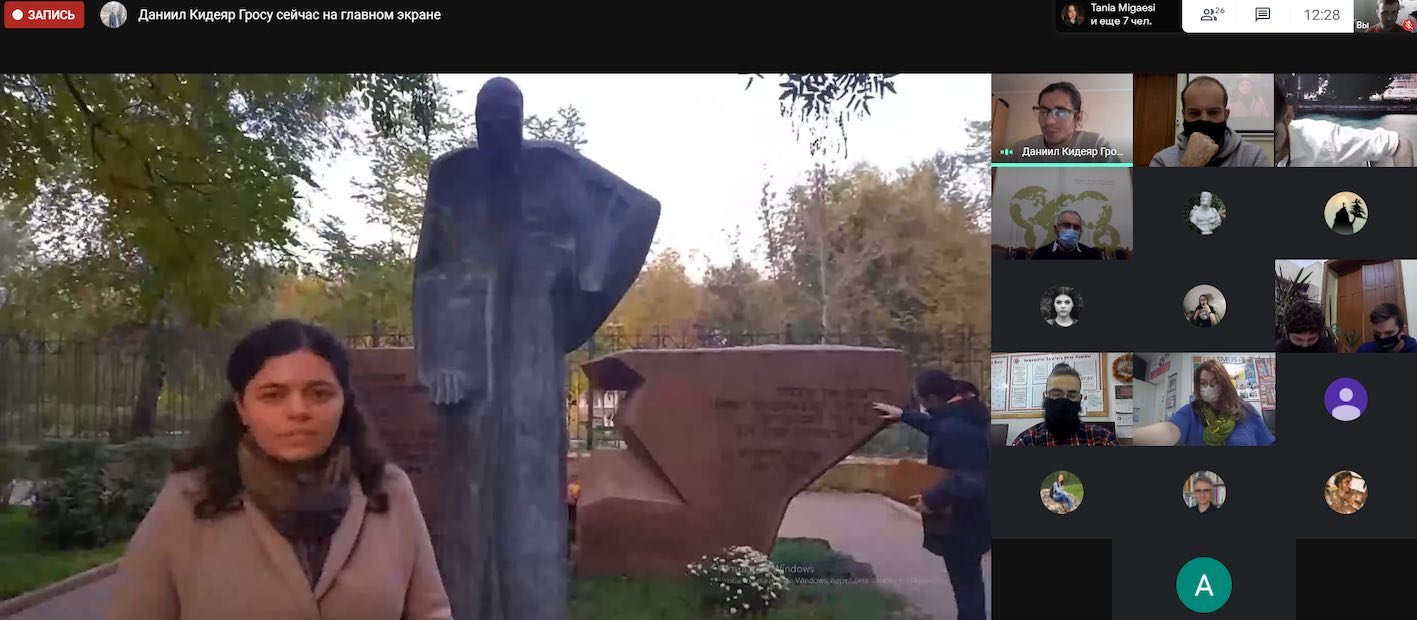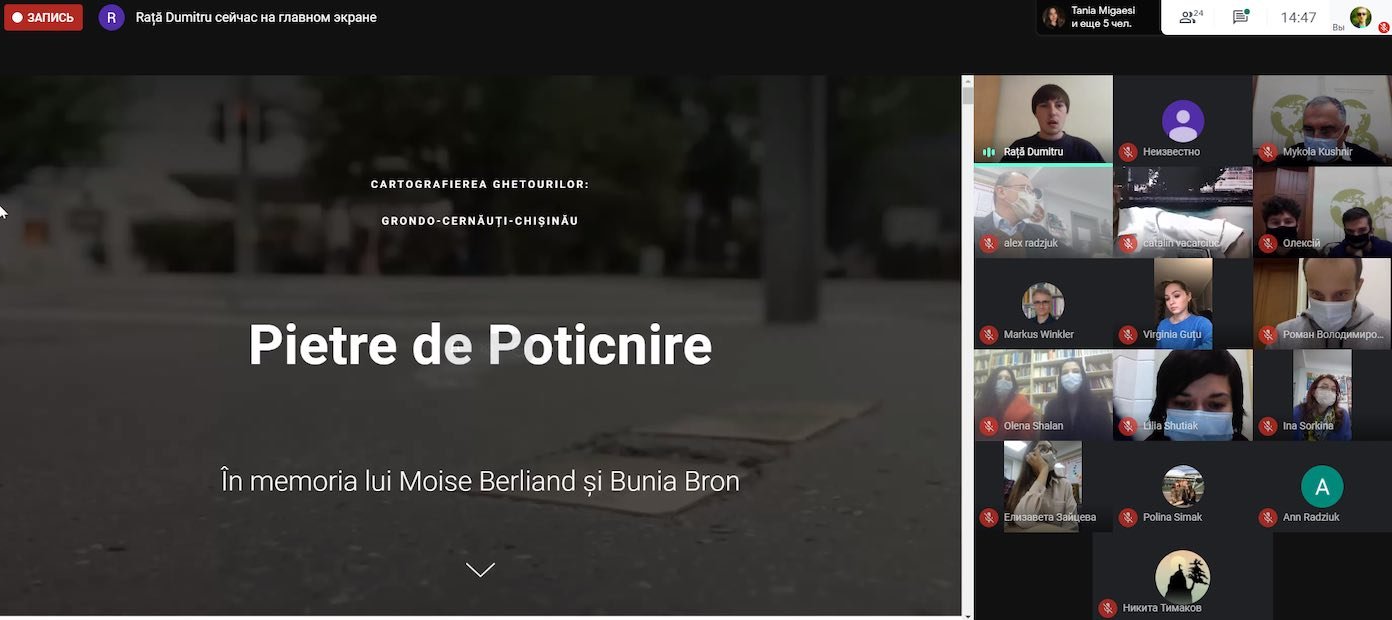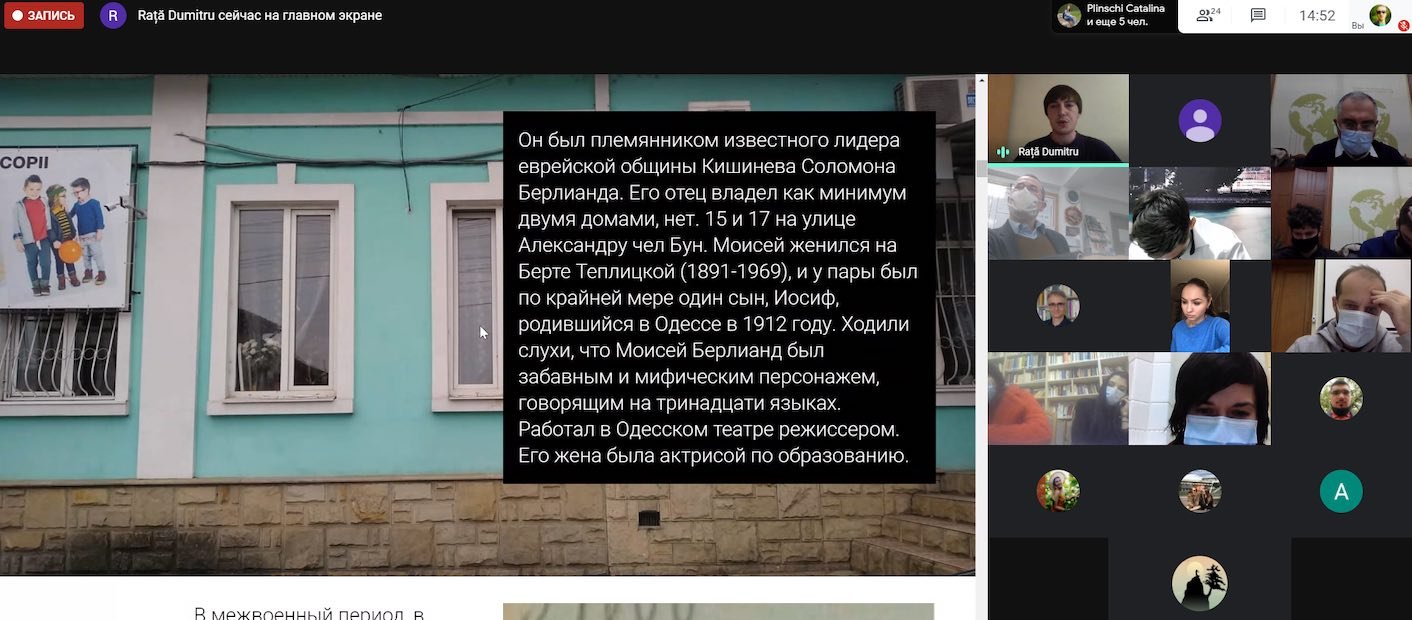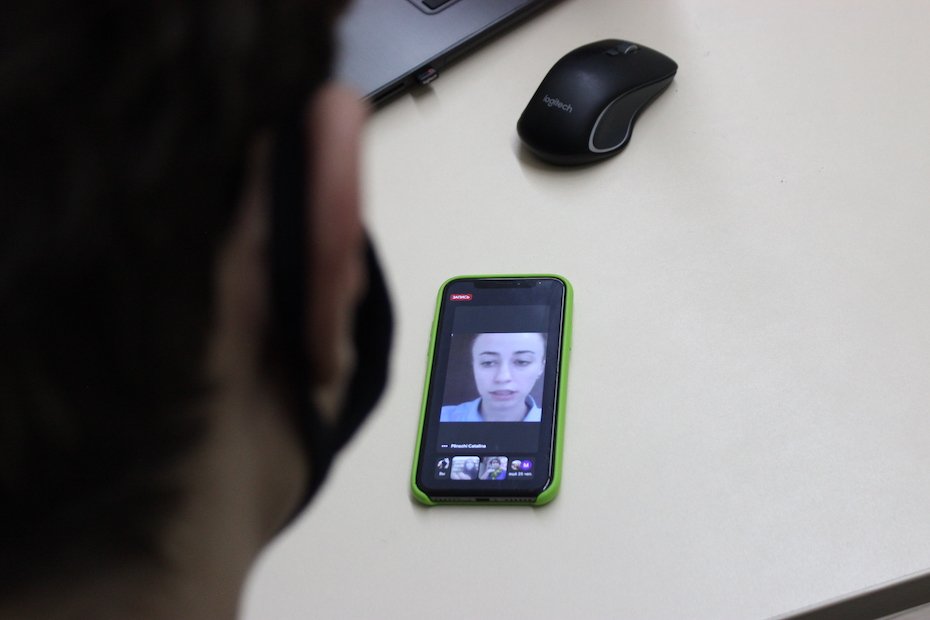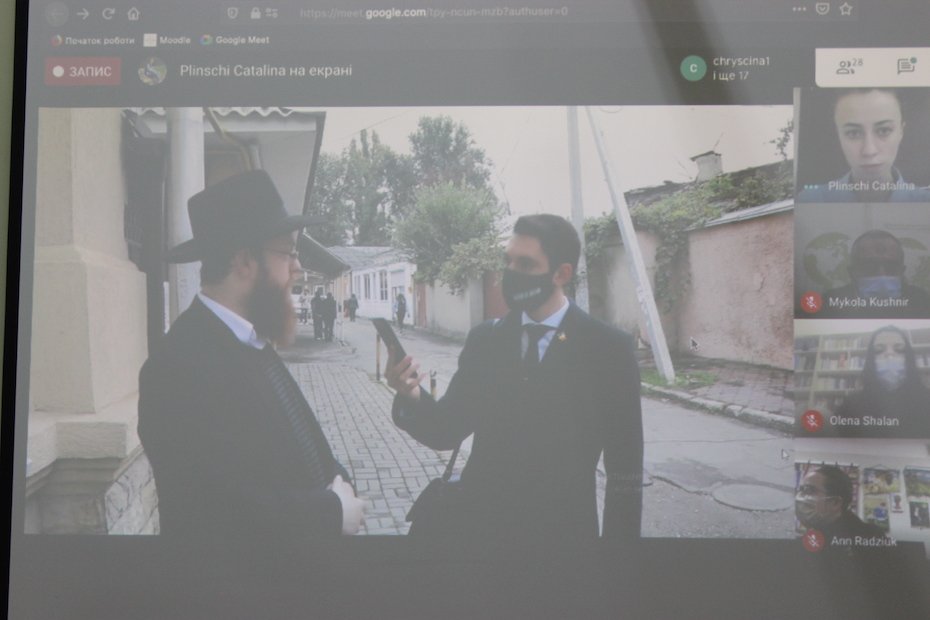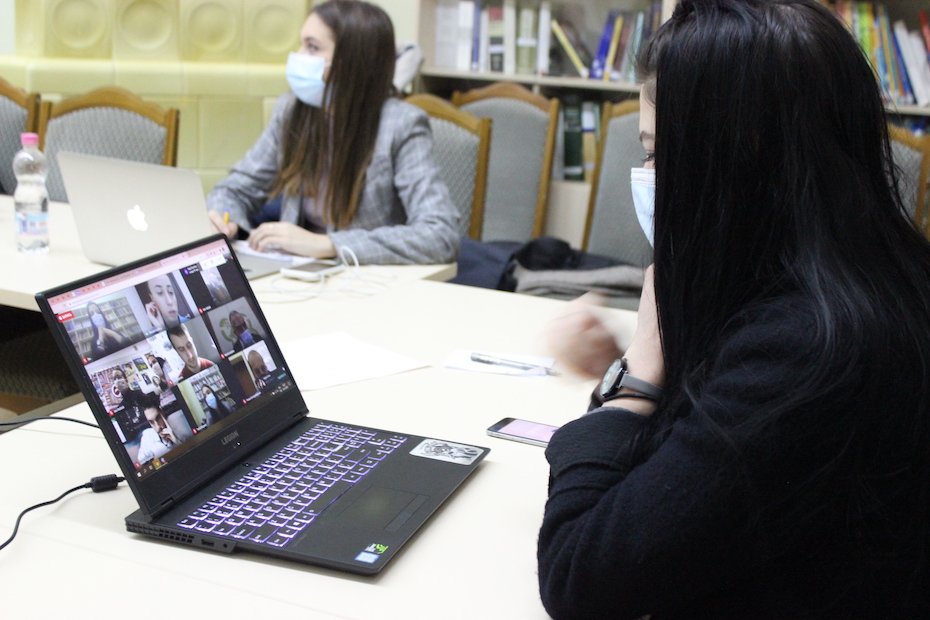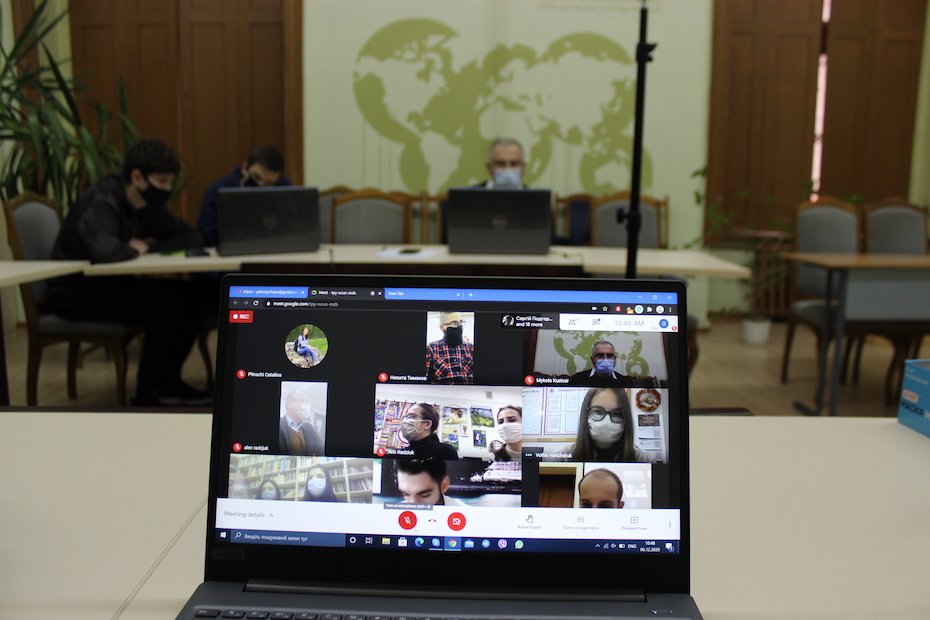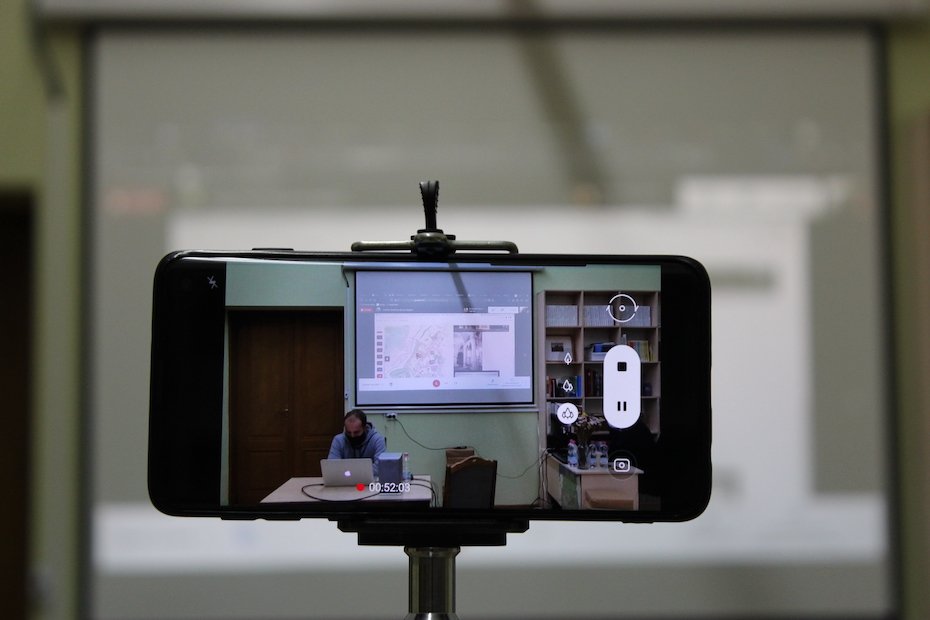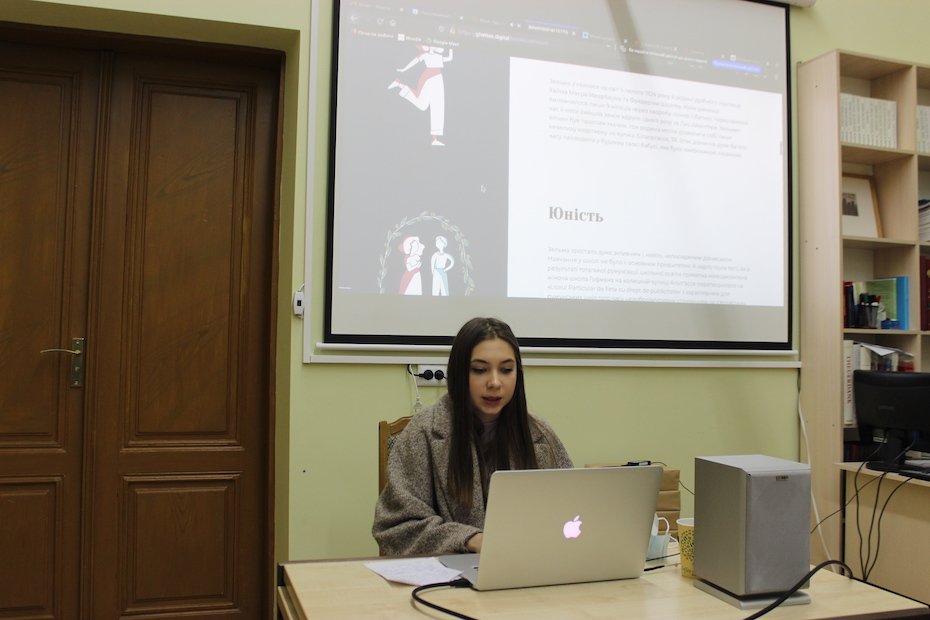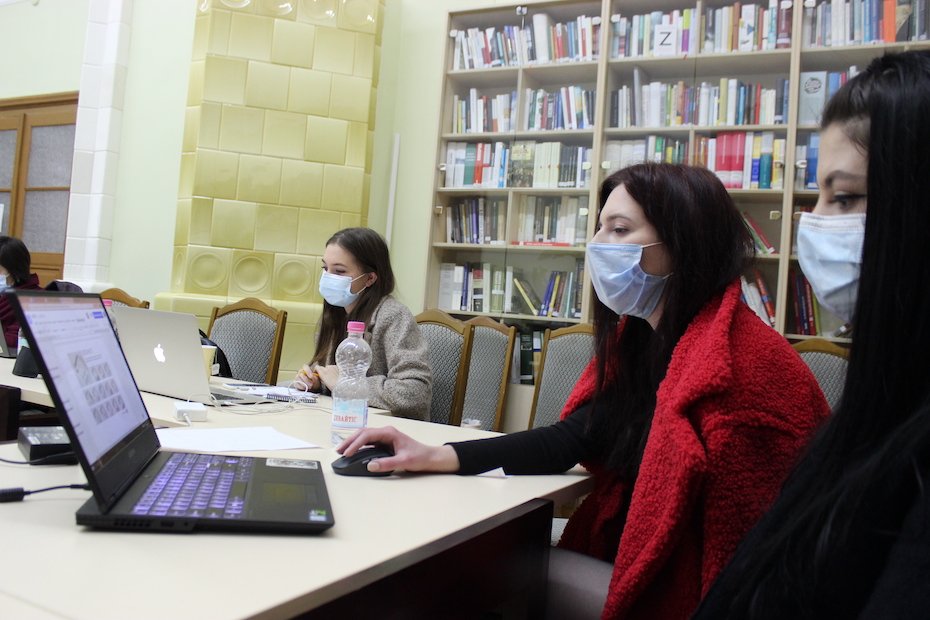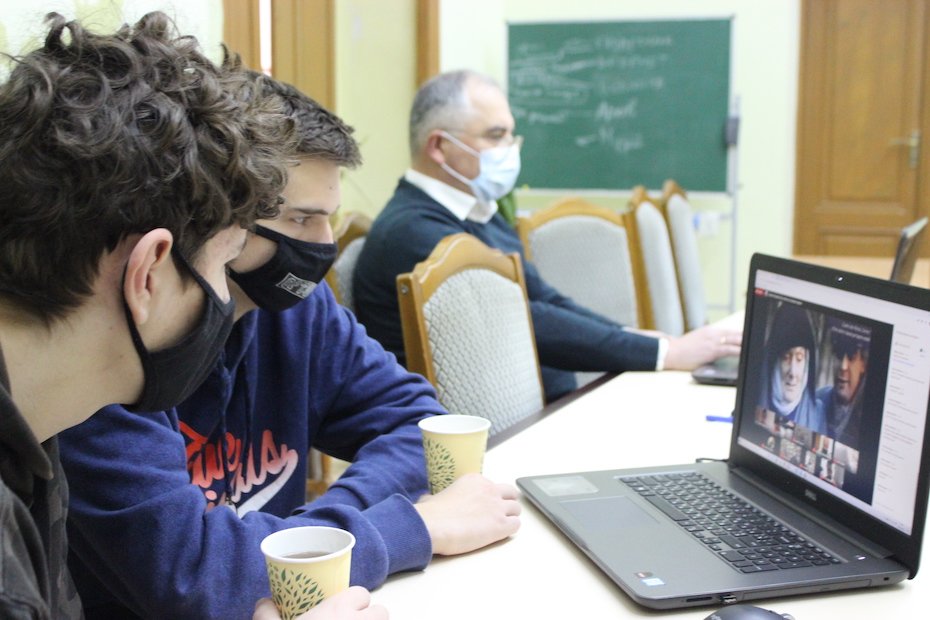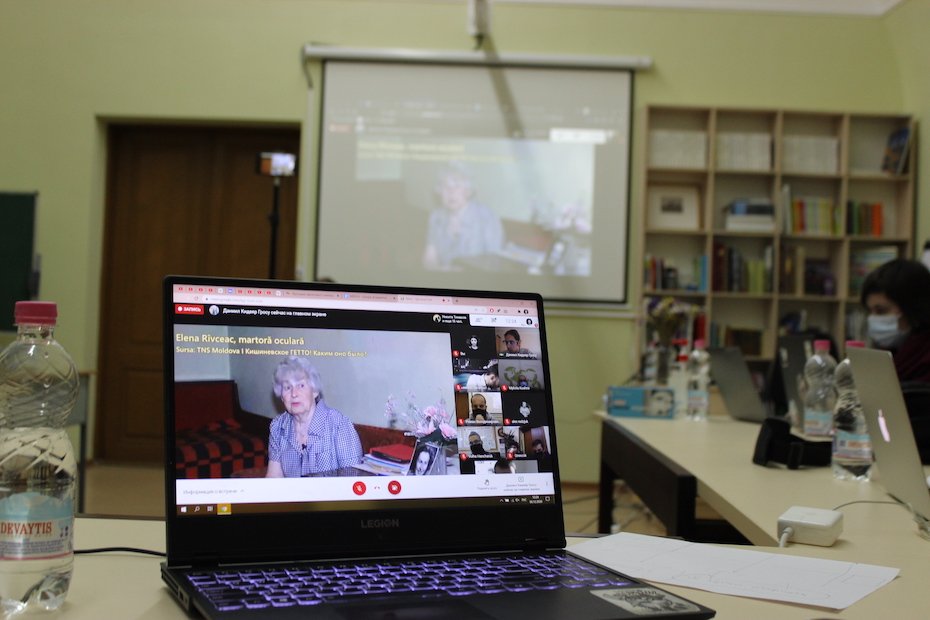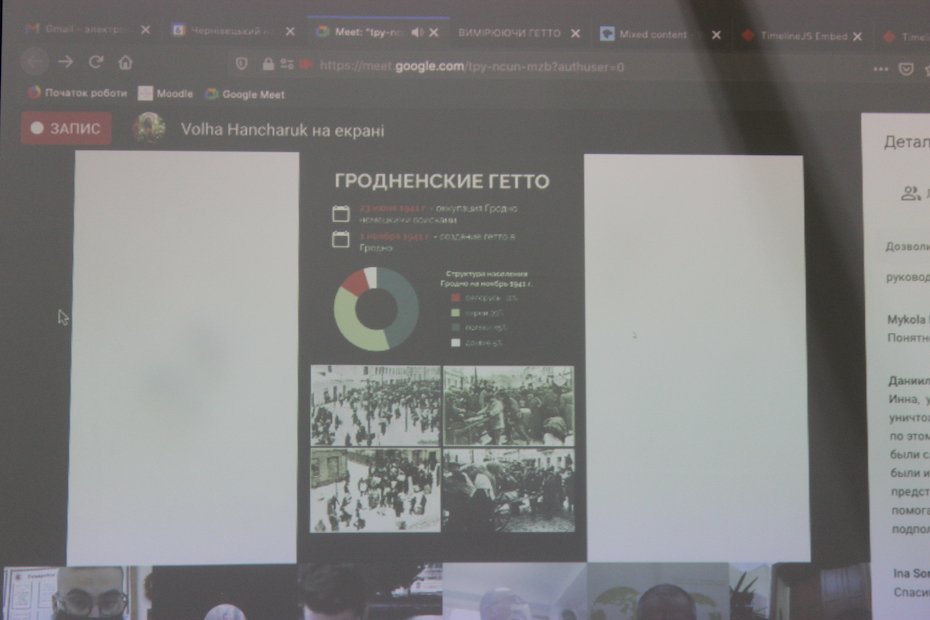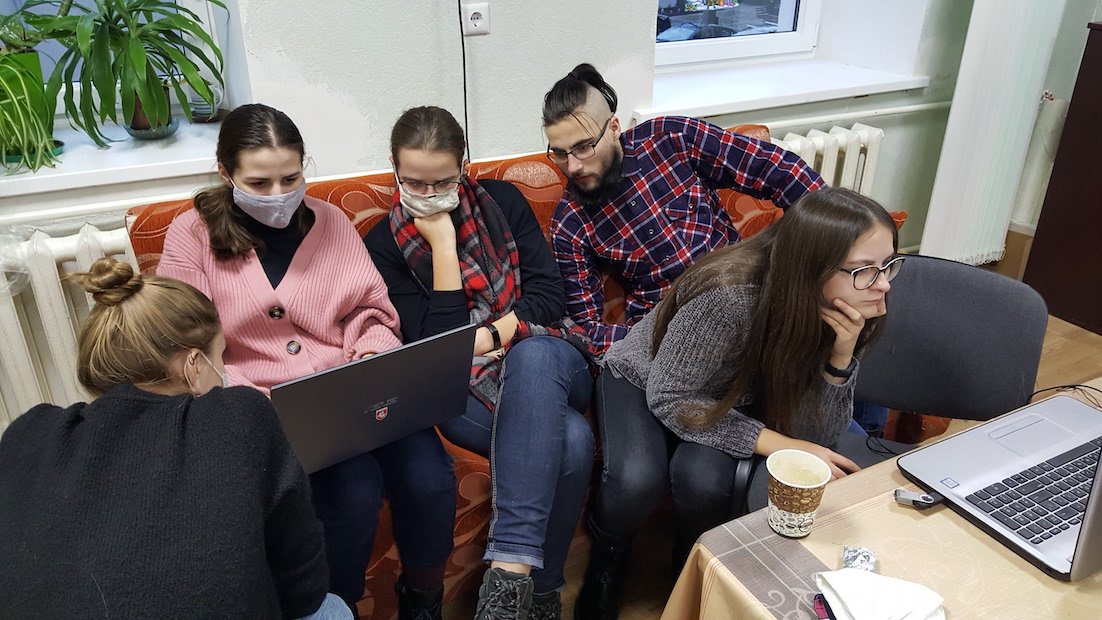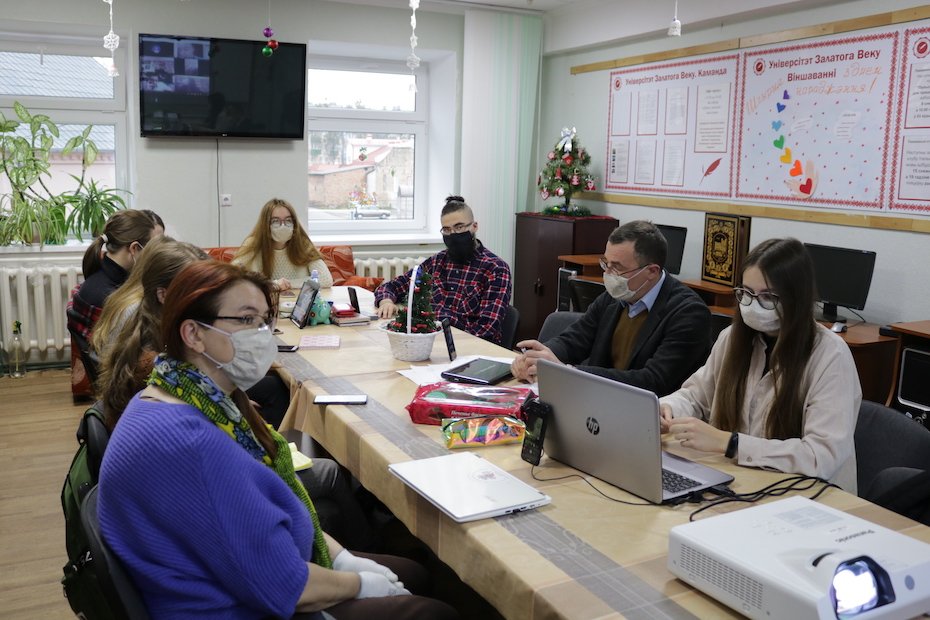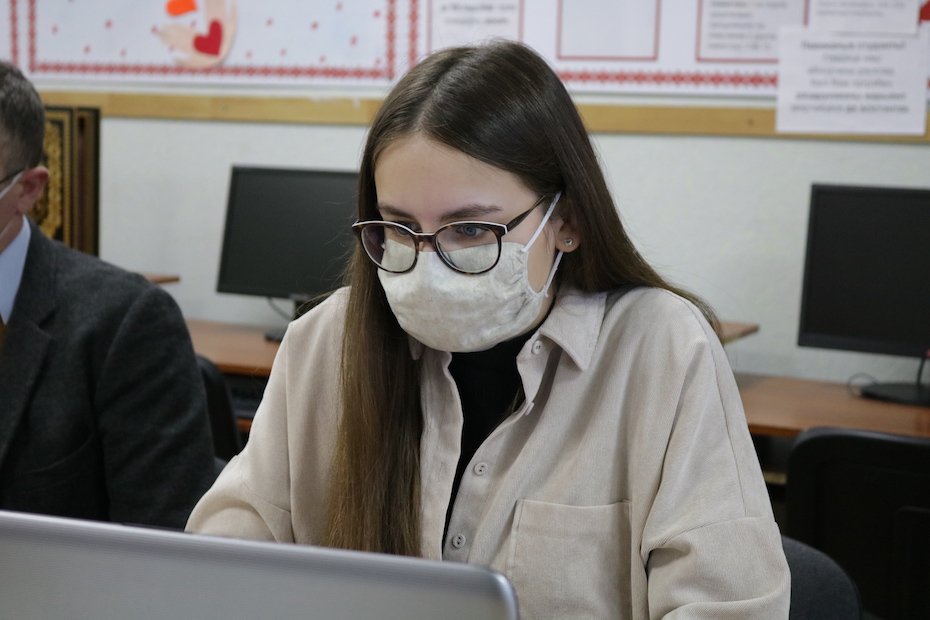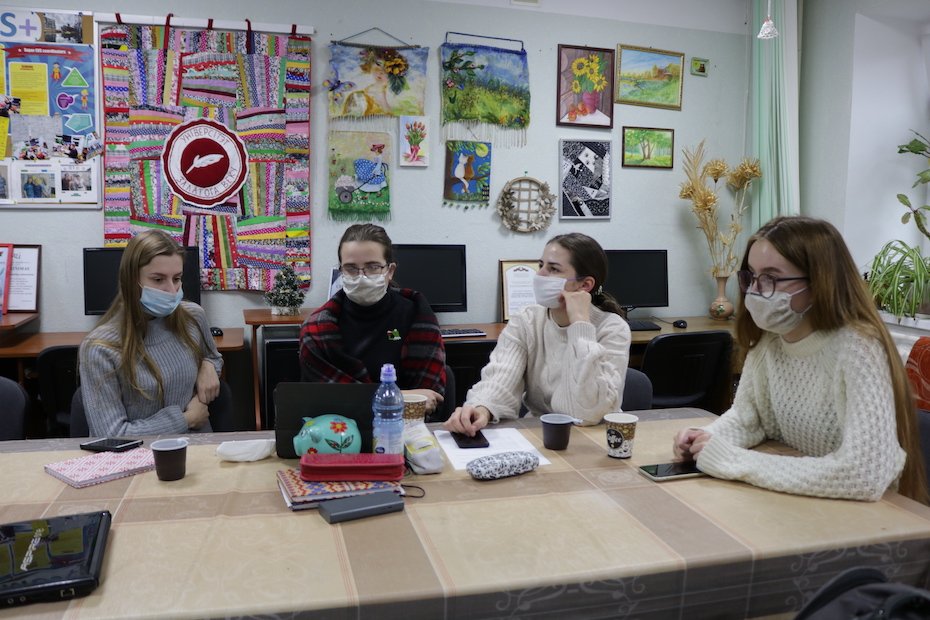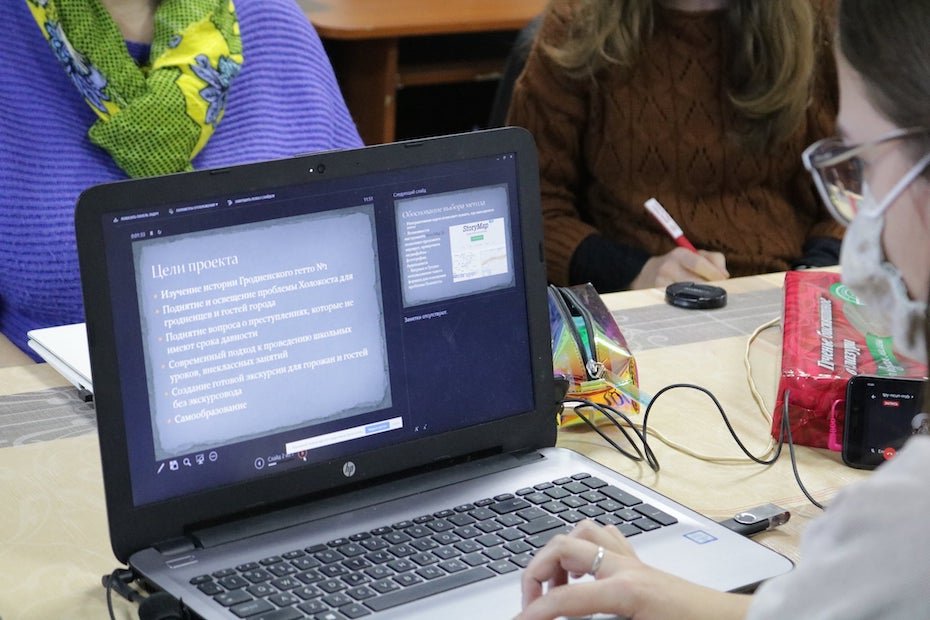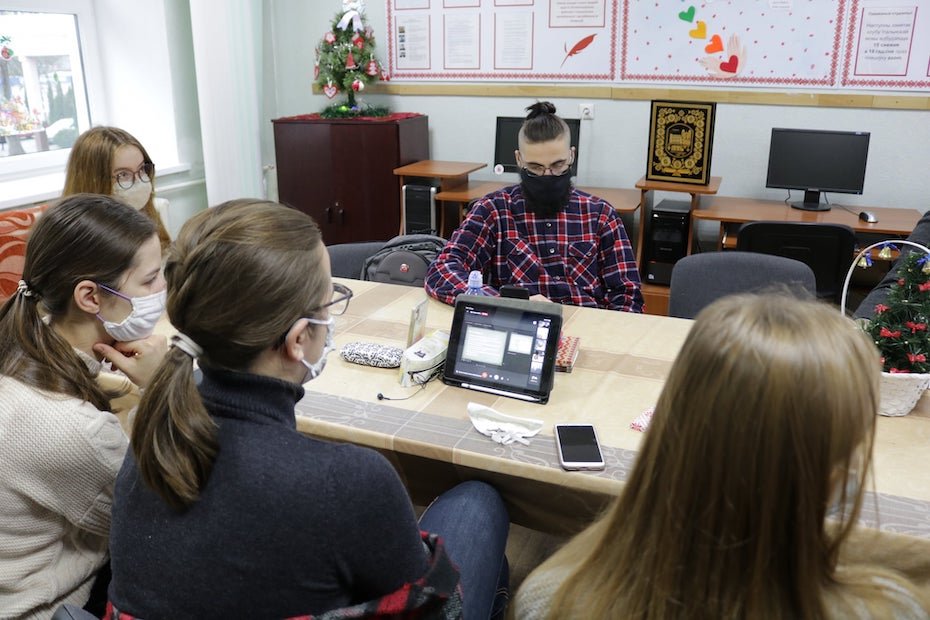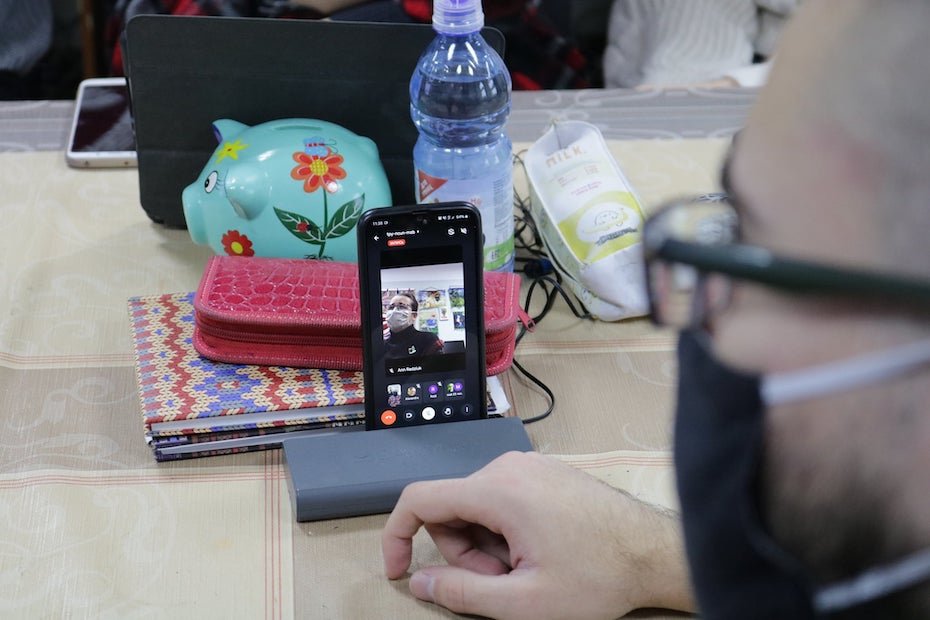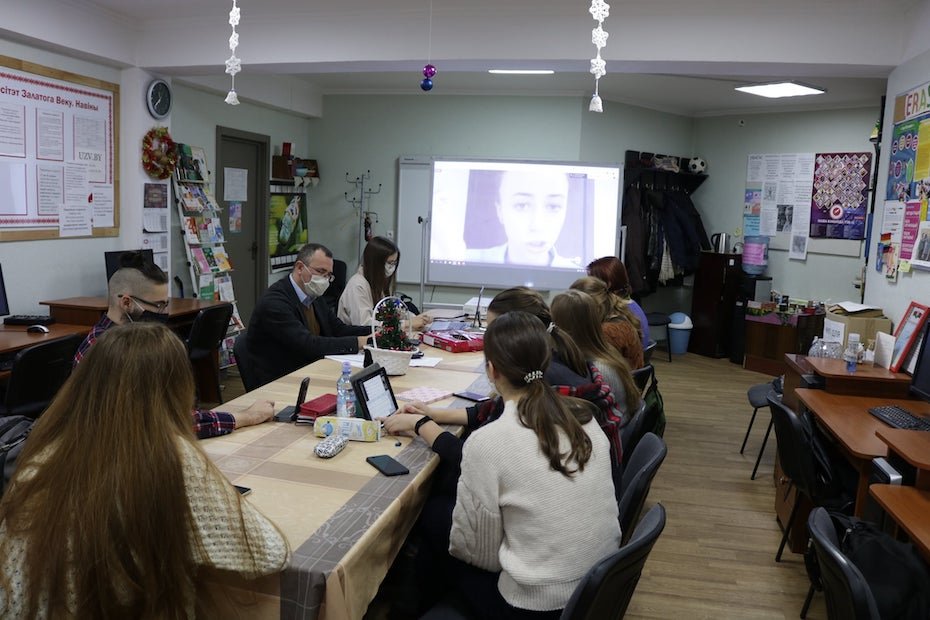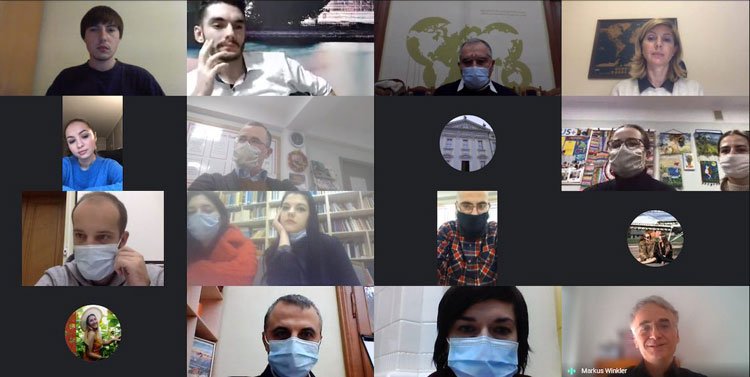
6-га снежня 2020 г. адбыўся заключны анлайн-семінар удзельнікаў дыджытал праекта «Вымяраючы гета: Гродна – Чарнаўцы – Кішынёў» з Рэспублікі Малдова, Украіны і Беларусі, падчас якога студэнты і вучні трох краін прадставілі і абмеркавалі канчатковыя прадукты сваіх мікрапраектаў, над якімі яны працавалі амаль два месяцы.
Кішынёў
Першая група ўдзельнікаў з Рэспублікі Малдова (Кэтэліна Плінскі, Міхаэла Чэбатар, Аляксандру Сумневіч і Кэтэлін Вакарчук) прадставіла свой фільм «Вымярэнне гета». 25-і хвілінны фільм, які сумяшчаў відэа- і фота- матэрыялы быў сфакусаваны на гісторыі Кішынёўскага гета, лічбавай карце і інтэрв’ю з мінакамі з малдоўскай сталіцы на тэму памяці аб Халакосце. Удзельнікі атрымалі шмат пытанняў ад сваіх калег з Чарнаўцоў і Гродна пра тэрыторыю гета і тых зменаў, што адбыліся там цягам пасляваеннага часу, пра тое, як доўга існавала гета і лёс яго ахвяр, а таксама пра ўражанні ад інтэрв'ю, зробленае з мінакамі ў Кішынёве.
Другая група малдоўскіх студэнтаў (Крысціна Савін, Андрэй Арпенці, Данііл Гросу) таксама прадставіла яшчэ адзін уласны фільм «Гісторыі з гета», у якім акцэнт быў зроблены на ўспамінах тых, хто выжыў і сведках гэтай трагедыі. Вынікі гэтага мікрапраекта былі падрабязна абмеркаваныя ўдзельнікамі міжнароднага праекта, аўтарам удалося адказаць на шматлікія пытанні калег пра выпадкі прымусу мясцовага яўрэйскага насельніцтва да цяжкіх работ унутры агароджанай зоны ці па-за яе межамі, ролю мясцовага насельніцтва ў забойстве яўрэяў, выпадкі рабавання і экспрапрыяцыі маёмасці яўрэйскай абшчыны.
Трэці мікрапраект удзельнікаў з Рэспублікі Малдова, пад назвай «Камяні спатыкнення», прэзентаваны Думітру Раце і Вірджыніяй Гуцу, быў сфакусаваны на аднайменных помніках, што закладзены ў Кішынёве. Выкарыстоўваючы індуктыўны падыходу, гэтая прэзентацыя аформленая ў выглядзе лічбавага партала, складаецца з чатырох раздзелаў, у якіх прадстаўлена падрабязная інфармацыя пра гісторыі сем’яў, чые імёны выгравіраваны на кішынёўскіх Камянях, пра ініцыятараў гэтага праекта ў Малдове, гісторыю Кішынёўскага гета і Халакоста ў Малдове. Гэтая прэзентацыя была высока ацэнена іншымі ўдзельнікамі, і сярод шматлікіх водгукаў былі пытанні пра тое, хто фінансаваў і ўсталёўваў Камяні памяці, пра рэакцыю грамадзян Кішынёва і яўрэйскай абшчыны на іх закладку.
Чарнаўцы
Удзельнікі з Чарнаўцоў падрыхтавалі дзве работы. «Зэльма. «Талент у гета» – мультымедыйны праект, які змяшчае кароткую біяграфію паэтэсы, дапоўненую арыгінальнымі ілюстрацыямі, намаляванымі адной з удзельніц Аленай Шалан. Таксама выкарастаныя рэдкія фотаздымкі з жыцця Зельмы Меербаўм. Другая частка мікрапраекта змяшчае інтэрв’ю з літаратуразнаўцам і перакладчыкам Пятром Рыхлом, зробленае ў выглядзе падкаста. Дапаўняюць гэтую размову вершы самой Зельмы, якія, на ўкраінскай і нямецкай мовах, адмыслова прачыталі ўдзельнікі. У трэцяй частцы яны паспрабавалі паглыбіцца ў тэму з іншай перспектывы. «Нас вельмі натхніла паэзія Зельмы, – кажа адна з удзельніц Ірына Філіпчук. – Таму мы выбралі некалькі цытат з яе вершаў, якія могуць жыць новым жыццём, і распрацавалі серыю матэрыялаў (нататнікі, стыкеры, шоперы), якія можна бясплатна спампаваць і, напрыклад, выкарыстоўваць у школах». «Мы верым, што такім чынам мы пашырым аўдыторыю, якая даведаецца пра праект», – дадае Алена Шалан.
Яшчэ адзін праект, падрыхтаваны ўдзельнікамі з Чарнаўцоў у выглядзе блога. Тут яны вырашылі на ўласным прыкладзе паказаць, дзе шукаць інфармацыю пра гета, і раскрылі ўсе этапы даследаванняў па гэтым пытанні.
Гродна
У выніку гродзенская каманда прадставіла два міні-праекты: «Аўдыёгід па гродзенскім гета» і «Гродзенскае гета ў інфаграфіках».
Дзякуючы аўдыёгіду любы гараджанін ці турыст зможа загрузіць альбо паслухаць анлайн падкасты ды самастойна прайсціся па месцах, звязаных з гісторыяй гета №1. У Гродна таксама было гета №2, але пра яго захавалася нашмат меней звестак. У маршрут аўдыёгіда ўвайшлі 12 станцый: сінагога, брама ў гета, пляцоўка ўзарванага касцёла, куды складзіраваліся рэчы вязняў, дамы, у якіх габрэі рабілі схроны і хавалі клады ў надзеі калісьці вярнуцца ў родны горад. Над аўдыёгідам працавалі ўсе ўдзельнікі, агучылі экскурсію Мікіта Цімакоў па-руску, Кацярына Дзедушкіна па-англійску, Алесь Радзюк па-беларуску. Неўзабаве ў гіда з’явяцца польская і нямецкая версіі.
Яшчэ адзін плод работы ўсёй каманды – сем інфаграфік пра гісторыю гета. Лаканічна, даступна і змястоўна пададзеныя асноўныя факты пра жыццё габрэйскага насельніцтва ў акупаваным Гродна. Ідэя міні-праекта ў тым, што слайды можна надрукаваць у выглядзе паштовак альбо плакатаў і выкарыстоўваць у навучанні школьнікаў.
– Нашыя студэнты ўразілі мяне ўменнем самаарганізоўвацца, вызначаць дэдлайны і працаваць без знешняга кантролю. Аўдыёгід, інфаграфікі – гэта цалкам іх ідэі. У мяне было неколькі іншае бачанне міні-праектаз, але студэнты мяне не паслухалі – і малайцы! Я ж у асноўным дапамагаў шукаць гістарычную інфармацыю для іх, – адзначыў каардынатар праекта Алесю Радзюк.


